The Black Keys' Dan Auerbach Discusses New Album, 'Turn Blue'
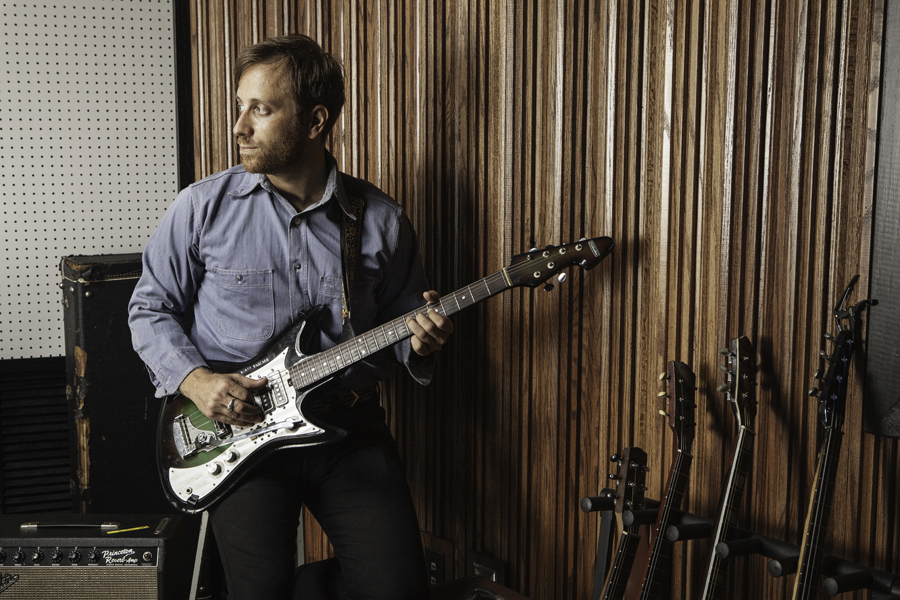
This is an excerpt from the September 2014 issue of Guitar World. For the rest of this story, plus features on Dan Auerbach's off-beat guitars, Eric Clapton and his new J.J. Cale tribute album, Judas Priest, 17 Amazing practice amps, columns, tabs and reviews of new gear from Epiphone, ESP Guitars, Visual Sound, Blackstar, G&L Guitars, Ibanez and more, check out the September 2014 issue at the Guitar World Online Store.
Black and Blue: Dan Auerbach tells how the Black Keys made their latest hit album, Turn Blue, in the midst of personal hardship, using a handful of guitars, amps and effects and a whole lotta spontaneous inspiration.
Black Keys guitarist and singer Dan Auerbach is obsessed with arcane, el-cheapo mid–20th century guitars: Teiscos, Nationals, Supros, Silvertones.
But that fixation is rivaled only by his passion for collecting vintage vinyl and under-the-radar new music. “Yesterday, I was listening to some dub [reggae] that I have on vinyl,” he says. “And this morning, I was listening to some South American Sixties psych music.”
When it comes to current music, Auerbach’s passion for contemporary hip-hop is balanced by a fondness for less mainstream fare, like moody Canadian act Timber Timbre and U.K. retro-pop unit Metronomy. “I love their English Riviera album,” the guitarist raves. “There’s some really amazing plectrum bass playing on it. I just love the record’s experimentation and sonic limitlessness.”
In one way or another, these variegated influences find their way into the Black Keys’ own music. Their new album, Turn Blue, takes them further along the ambitious sonic trajectory they’ve been following ever since Auerbach and drummer Patrick Carney teamed up with über producer Brian Burton, a.k.a. Danger Mouse (Gnarls Barkley, Beck, Gorillaz, Norah Jones) for the Keys’ 2008 album, Attack & Release. Like all the Black Keys’ records, Turn Blue’s sound is firmly based in the garage-rock interplay between Auerbach’s bluesy squawk-box aggression and Carney’s flailing frenzy. But over this foundation, the Keys have woven a mesmerizing web of ghostly synths and eerie sonic textures. Auerbach plays bass as well as guitar on the album, and he splits keyboard duties with Danger Mouse.
“Anybody can jump on any instrument at any time,” Auerbach says. “There are really no rules when we’re in the studio.”
With its stately tempo, lazily strummed acoustic guitar and spectral synth line, the album’s opening track, “Weight of Love,” invites comparison with the classic-rock majesty of Pink Floyd. “We love that kind of music,” Auerbach admits, “so it’s in us to be capable of doing that. It’s just something that we’ve never tried to go for before. But we had the time and that little spark of creativity to start us in that direction, and on a couple of songs we saw it through.”
“Weight of Love” also is the most guitar-solo-intensive Black Keys track to date. Auerbach’s psychedelicized midsong magic carpet ride is followed up by a soaring outro excursion to the creative dark side that lurks somewhere underneath his regular-guy, flannel-and-denim Midwestern exterior.
“That was all spur of the moment,” he says. “We’d just built that song up, and the end has this massive crescendo where everybody’s really going for it. It really called for a guitar solo, and I just improvised something. Then I put a harmony guitar on top of it. Honestly, it was 20 minutes and done, not something I really labored on very long. Everything on this record happened very naturally.”
Auerbach seems to have little or no use for premeditation. He appears to be proud of the fact that he and Carney were completely unprepared when they entered the studio to make True Blue, the heavily anticipated follow-up to 2011’s strong-selling, Grammy-winning and critically lauded El Camino.
“We didn’t have any songs written,” he says. “We had no sense of what we were gonna do. We just went in blind. The blind leading the blind. We didn’t have any real goal other than to make an album. So we wrote songs every day. We just improvised. I guess the goal was to try to have a song done every day, maybe every two days at the most. And we did.”
Sessions for Turn Blue began at a studio in Benton Harbor, Michigan, called the Key Club, where Auerbach and Carney worked on their own. Danger Mouse joined them for subsequent sessions at Sunset Sound in L.A. and Auerbach’s own Easy Eye studio in Nashville. Auerbach also seems to take pride in the fact that he came up with the album’s infectious lead single, “Fever,” during the early sessions in Michigan, without assistance from Danger Mouse, who has served as the band’s co-writer as well as producer on the past few albums.
“Fever” exemplifies Auerbach’s formidable strength as a tunesmith—he can write catchy pop hooks that go straight to your head like a sugar rush. The song’s main synth line wouldn’t be out of place in an early Eighties hit by OMD or Depeche Mode. “Fever” is also one of many seriously bass-driven songs on Turn Blue. Throughout the album sessions, Auerbach played a Fender Mustang bass guitar through “a good, old-time transformer D.I.,” he notes, usually employing a pick. “I really like palm-muted pick bass,” he says. “Especially if you’ve got flatwound strings. It’s just classic—a really nice bass sound that kind of sits well in a mix and is really propulsive.”
This is an excerpt from the September 2014 issue of Guitar World. For the rest of this story, plus features on Dan Auerbach's off-beat guitars, Eric Clapton and his new J.J. Cale tribute album, Judas Priest, 17 Amazing practice amps, columns, tabs and reviews of new gear from Epiphone, ESP Guitars, Visual Sound, Blackstar, G&L Guitars, Ibanez and more, check out the September 2014 issue at the Guitar World Online Store.
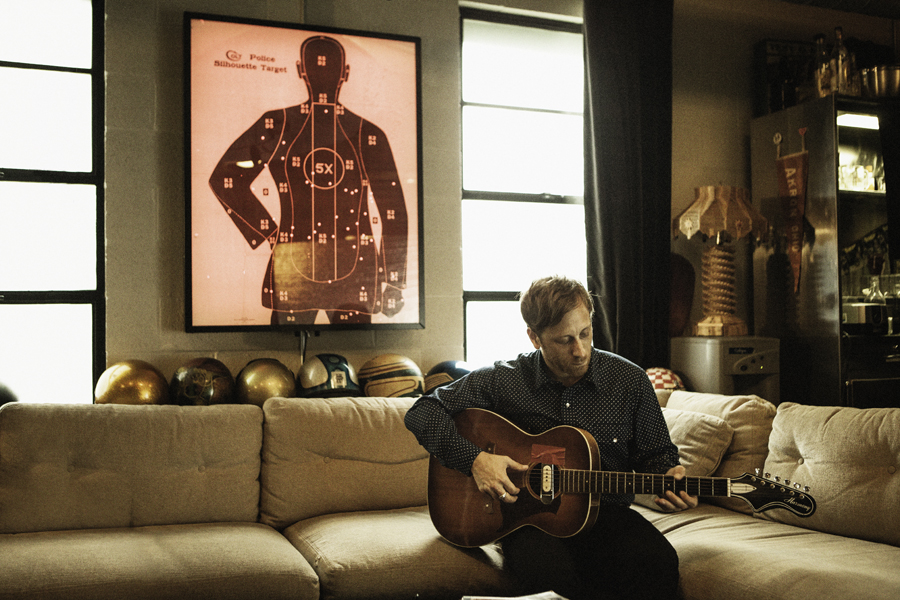
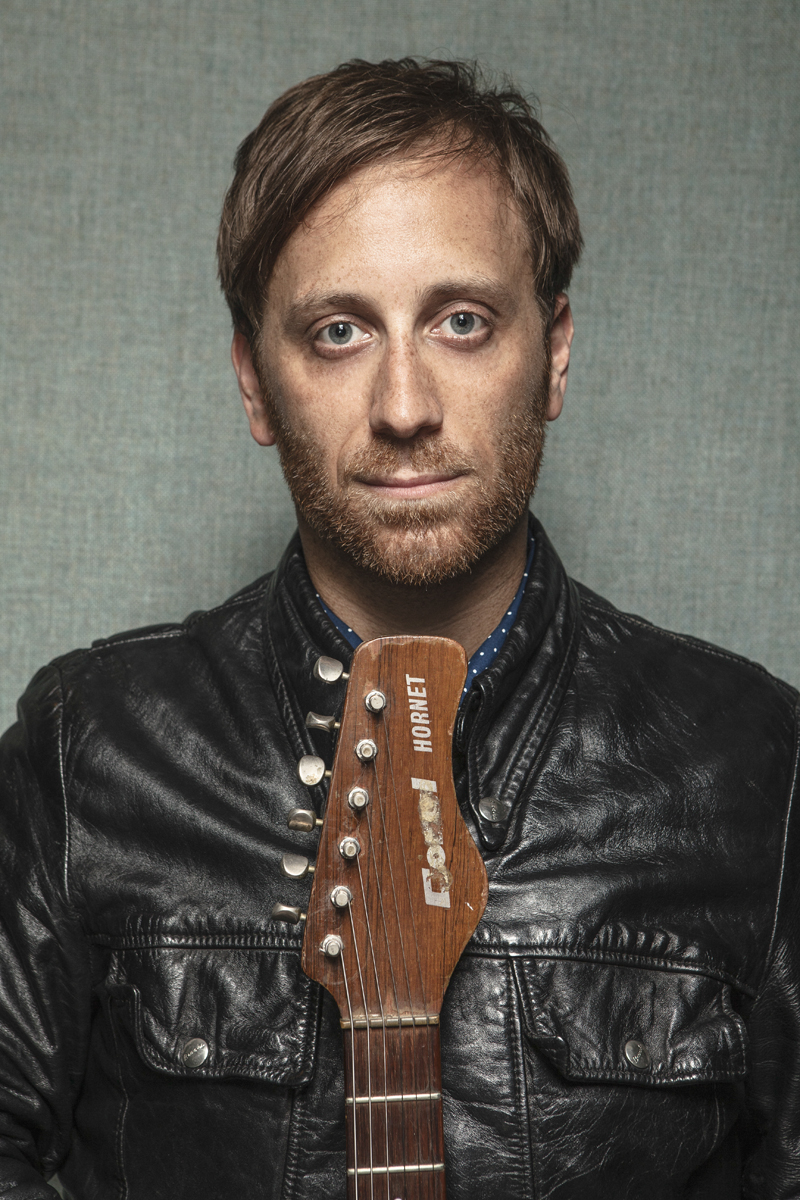
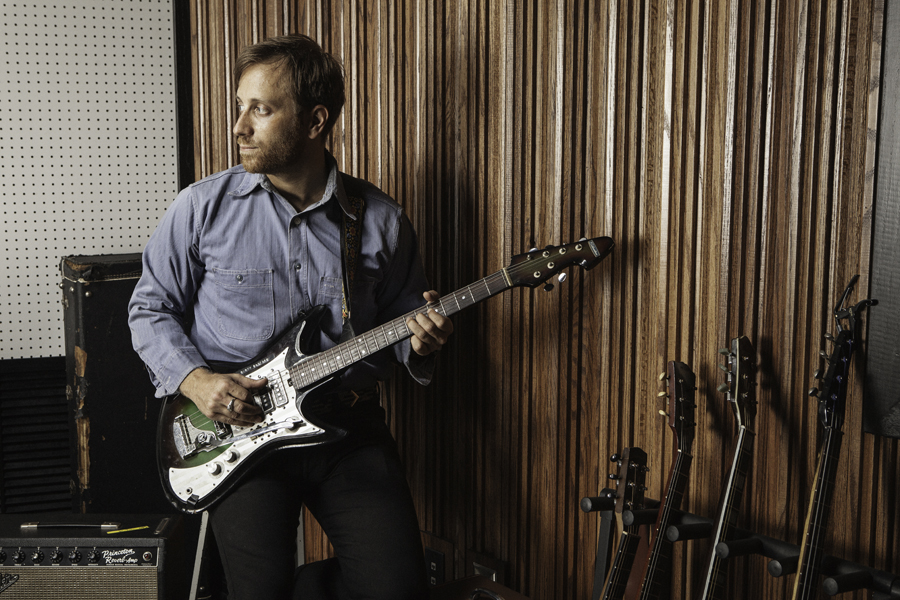
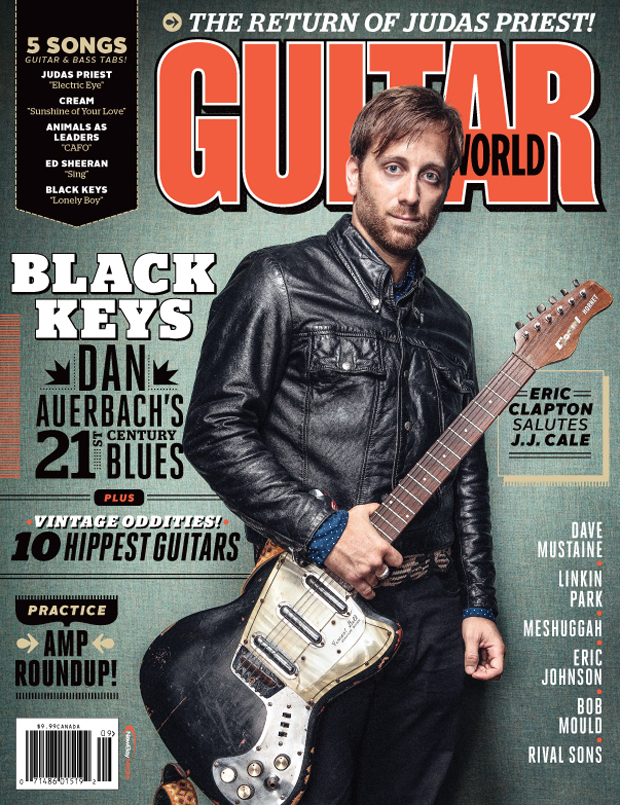
Get The Pick Newsletter
All the latest guitar news, interviews, lessons, reviews, deals and more, direct to your inbox!
In a career that spans five decades, Alan di Perna has written for pretty much every magazine in the world with the word “guitar” in its title, as well as other prestigious outlets such as Rolling Stone, Billboard, Creem, Player, Classic Rock, Musician, Future Music, Keyboard, grammy.com and reverb.com. He is author of Guitar Masters: Intimate Portraits, Green Day: The Ultimate Unauthorized History and co-author of Play It Loud: An Epic History of the Sound Style and Revolution of the Electric Guitar. The latter became the inspiration for the Metropolitan Museum of Art/Rock and Roll Hall of Fame exhibition “Play It Loud: Instruments of Rock and Roll.” As a professional guitarist/keyboardist/multi-instrumentalist, Alan has worked with recording artists Brianna Lea Pruett, Fawn Wood, Brenda McMorrow, Sat Kartar and Shox Lumania.

